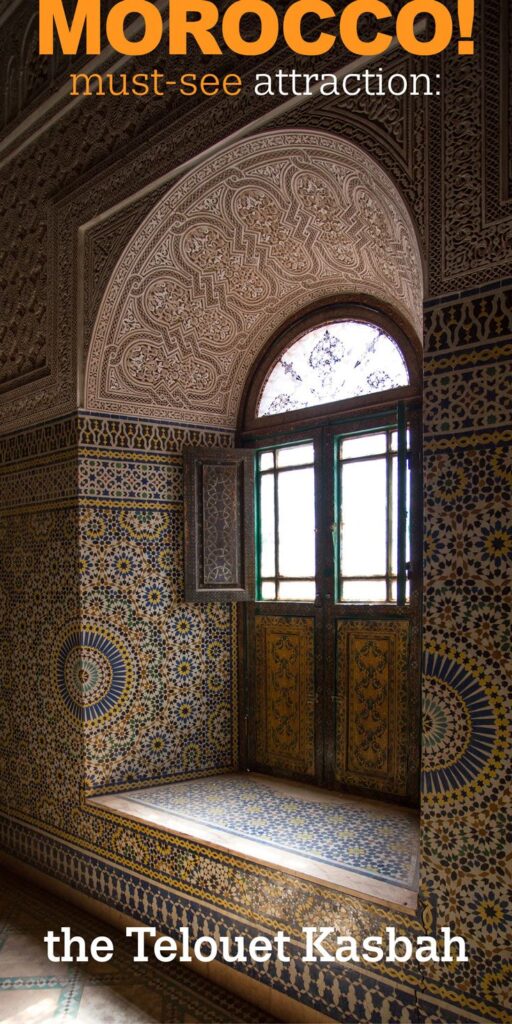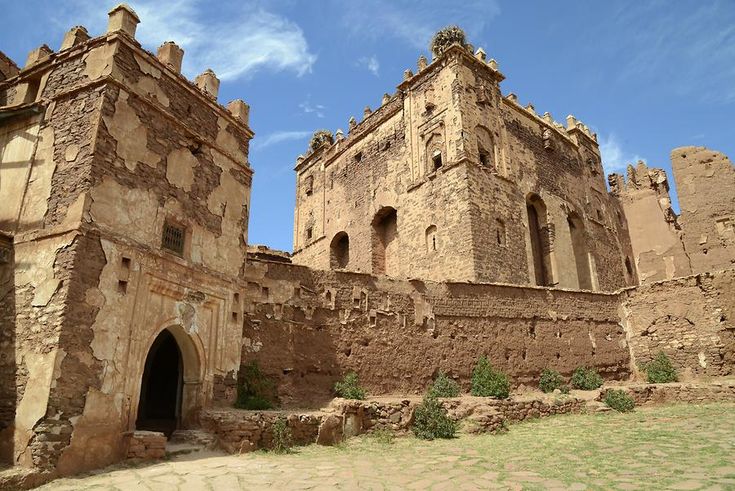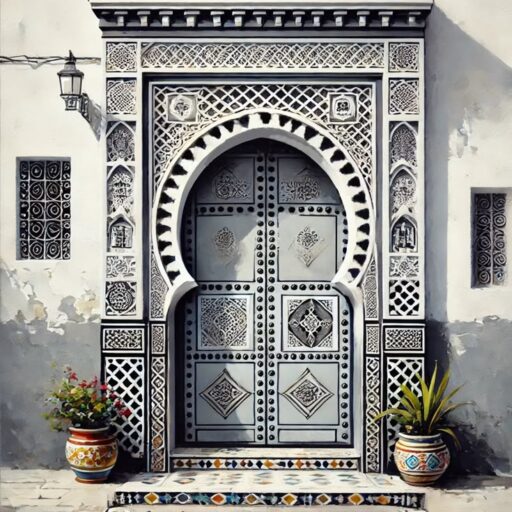Kasbah Telouet High Atlas
Built by the Glaoui family
Deep in the rugged heart of the High Atlas Mountains, along the historic route that once linked Marrakech to the Sahara, lies the enigmatic Kasbah Telouet. More than just a ruin, this sprawling fortress tells a captivating, often tragic, tale of immense power, astonishing opulence, and a dramatic fall from grace.
Unlike its more famous, meticulously restored cousin, Ait Ben Haddou, Telouet offers a raw, authentic, and somewhat melancholic experience. It was once the ancestral seat of the powerful Glaoui family, often referred to as the “Lords of the Atlas.” For centuries, they controlled crucial trade routes and salt mines, amassing immense wealth and wielding unparalleled influence over southern Morocco.
Construction of the current Kasbah began in 1860, but it was under the notorious

Thami El Glaoui in the early 20th century that it reached its zenith. Thami, a shrewd and ruthless leader, allied himself with the French colonial powers, further cementing his family’s dominance. At its peak,

the Kasbah was a veritable city within walls, boasting hundreds of rooms, sprawling courtyards, and a grandeur that rivaled the Sultan’s palaces.

Intricate Zellij Tilework Vibrant geometric patterns in blues, greens, and yellows adorn walls and floors showcasing the mastery of Moroccan artisans
Carved Cedarwood Ceilings
Elaborate wooden ceilings, often painted with natural dyes from saffron and henna, demonstrate incredible craftsmanship.
Stucco Carvings Delicate plasterwork, meticulously sculpted into floral and calligraphic motifs, adds to the sense of faded grandeur.


the story of Kasbah Telouet takes a dramatic turn with Morocco’s independence in 1956. Thami El Glaoui’s close ties to the French led to his downfall. After the return of Sultan Mohammed V from exile, the Glaoui family’s vast wealth and properties, including Telouet, were confiscated. The Kasbah was abandoned, left to the mercy of the elements and, more recently, suffered significant damage during the 2023 Marrakech-Safi earthquake.
Today, large sections of the Kasbah are in ruins, open to the sky, their earthen walls slowly dissolving back into the earth. Yet, it is this very state of decay that gives Telouet its unique, poignant beauty. It’s a place where you can truly feel the weight of history, the rise and fall of dynasties, and the ephemeral nature of power.
Visiting Kasbah Telouet is an adventure in itself. The drive through the Ounila Valley, connecting Telouet to Ait Ben Haddou, is breathtaking, offering stunning landscapes of traditional Berber villages, lush oases, and dramatic rock formations. While parts of the road are paved, a 4×4 is often recommended for a smoother journey, especially if exploring off the main route.
For a small entrance fee, you can explore the restored sections and wander through the crumbling, less-preserved parts (though caution is advised in these areas). Local guides are often available, eager to share the fascinating, often controversial, history of the Glaoui family.
Kasbah Telouet is more than just a historical site; it’s a journey into a pivotal, yet often overlooked, chapter of Moroccan history. It’s a place that stirs the imagination, inviting you to reflect on the complexities of power, loyalty, and the relentless march of time. Don’t miss the opportunity to witness this magnificent, melancholic monument, a true testament to Morocco’s captivating past.Documentation

